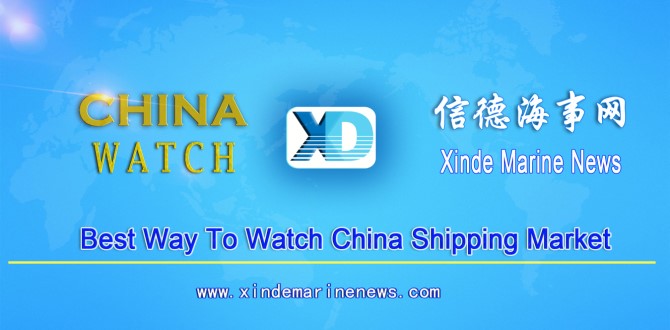
Of all the market cycles of the past 50 years it could be argued that comparisons with the boom dry bulk freight market of 1980 are particularly relevant from a number of angles.
- The most obvious parallel was the energy crisis from 1979 following the Iranian Revolution and the start of the Iran-Iraq war shortly thereafter.
- Resulting oil shortages helped spur coal consumption. SSY’s seaborne coal trade
estimates show a 60% jump from 129 Mt to 207 Mt in just three years to 1981.
- The US, a key swing supplier of coal, saw exports jump, and, as media reports from 1980 confirm, port congestion duly developed in Hampton Roads.
- Against this background, the freight market rose dramatically. In response,newbuilding ordering took off. At the end of 1980 the dry bulk carrier orderbook was equivalent to more than 20% of existing fleet capacity from below 5% at end-1978.
- The energy crisis caused economic recession in the key dry bulk importer of the day, Japan, which accounted for around 40% of all imports worldwide as well as the economies of Western Europe. This then caused global seaborne coal trade to stagnate in the three years from 1981-83 (together with a so-called “oil glut” emerging in the early 1980s). Seaborne iron ore trade lurched downwards by 15% at the same time from 303 Mt.
- The freight market nosedived in the early 1980s, Downward pressure was compounded by the weight of newbuildings ordered during the strong freight market entering the fleet.
Although this freight market has some striking similarities with the early 1980s, it also has some very important differences, with positive implications for dry bulk freight markets.
o First and foremost, the current orderbook is far smaller, as a percentage of the existing fleet, at less than 7%. This marks a disconnect in the historical relationship between spot market strength, without precedent in at least 50 years
o The profile of the leading dry bulk importers has changed. In the early 1980s, Japan and Western Europe were key drivers of coal and iron ore import demand. Today, China makes up more than 50% of global seaborne dry bulk imports, so economic and industrial recovery in this country is pivotal alongside Asia-centric import demand.
Although the economic outlook appears gloomy, the fate of the 1980s can be avoided as a result of these vital differences.
The opinions expressed herein are the author's and not necessarily those of The Xinde Marine News.
Please Contact Us at:







